Hanok Stay Joadang [Korea Quality] 한옥스테이 조아당[한국관광 품질인증]
1.5Km 2025-03-24
11 Wonhyo-ro 213beon-gil, Gyeongju-si, Gyeongsangbuk-do
+82-10-6520-5074
Joadang is a private hanok stay on Wonhyoro-gil, Gyeongju, Gyeongsangbuk-do. The inside of this traditional hanok is finished with cypresswood, and guests can catch the scent of cypress and feel refreshed. There are two guestrooms, both with a queen-size bed, and one with its own bathroom. The location is great for walking and for seeing the sights of Gyeongju.
Gyeongju Hwangnyongsa Temple Site (경주 황룡사지)
1.5Km 2021-01-29
64-19, Imhae-ro, Gyeongju-si, Gyeongsangbuk-do
+82-54-779-6100
Hwangnyongsa Temple Site is located in front of Bunhwangsa Temple in Guhang-dong, Gyeongju. During the Silla Era, the Hwangnyongsa Temple was the nation’s largest temple and housed the bulk of the country’s major Buddhist treasures.
Construction of the temple began in 553 on a field east of the royal compound under the commission of King Jinheung. The king originally planned to build a palace, but decided to build a temple instead, after receiving reports that a yellow dragon had been spotted on the building site. The temple was thus named Hwangnyongsa (Temple of Yellow Dragon) and was completed in 569, seventeen years after construction began. The temple murals featured an old pine tree drawn by Artist Solgeo. During the Silla Era, the temple was the center of state-sanctioned Buddhism.
Later, when monk Jajang was studying in China during the Tang dynasty, he came across a god as he was passing by Taihe Pond. The god said to him, “The yellow dragon, which is my eldest son, is guarding Hwangnyongsa Temple upon orders of Brahma, the Creator. If you build a nine-story pagoda upon your return to Silla, the neighboring states will surrender and pay tribute, and the royal cause will be stronger. Once the construction of the pagoda is complete, prepare a memorial service for the local gods and pardon any of the country's criminals. If you follow all I have told you, no other state will dare invade Silla.”
After this encounter, Jajang returned to Silla and convinced Queen Seondeok to build the nine-story pagoda. Master architect Abiji of the neighboring state Baekje designed the pagoda and the project was built by Yongchun and 200 men using wood and stone. The night before the columns were to be erected, Architect Abiji of Baekje dreamed of the fall of Baekje and refused to complete the project. With a peal of thunder, an old monk and a man of great strength suddenly appeared from the temple's main hall, erected the columns, and magically disappeared. Abiji was so shocked at the sight that he accepted his country’s future demise as the fate of the gods and once again restarted work on the temple. (From Samgungnyusa, the Memorabilia of the Three Kingdoms)
In the twenty-three years following the completion of the pagoda, Queen Seondeok unified the Three Kingdoms; later, numerous scholars pointed to the pagoda as a contributing factor in the unification. Of the three treasures of Silla, two were located at Hwangnyongsa Temple. The largest bell of Silla was also in the temple, but was taken away during the Mongol invasion. The highest monks of Silla preached at the temple, and many kings came to listen to the Buddhist teachings.
During excavation work in July 1969, the massive foundation stones of the sermon hall, auditorium, and pagoda were found. Eight years of archaeological excavations and studies revealed the unique layout of the temple grounds, which consisted of one pagoda and three halls; also found were 40,000 or so ancient artifacts. Though foundation stones and other structures from the bottom of the temple were identified through excavation, there are no historical clues about the temple’s upper design, making the restoration of the temple in its entirety practically impossible. The size of the temple, based on archeological findings, was about 70 acres, roughly eight times larger than that of Bulguksa Temple.
Maison Mini Hotel [Korea Quality]메종미니호텔[한국관광 품질인증]
1.6Km 2023-05-23
24 , Taejong-ro 699beon-gil, Gyeongju-si, Gyeongsangbuk-do
+82-54-745-3232, +82-10-3517-6319
The Maison Mini Hotel in Gyeongju, Gyeongsangbuk-do, is 10 minutes’ walk from both Gyeongju Express Bus Terminal and the famous Hwangnidan Street. Rooms are comfortable and clean - they’re inspected by a room manager before each booking - and bedding is changed every day. There is a luggage storage room and a shared kitchen on the first floor.
Gyeongju Najeong Well (경주 나정)
1.6Km 2020-04-06
Tap-dong, Gyeongju-si, Gyeongsangbuk-do
+82-54-779-6100
To the southeast of the royal tomb, is a small monument that has been erected among the pine trees; next to the monument is a well called Najeong. According to Samguksagi (Historical records of the Three Kingdoms) and Samgungnyusa (Memorabilia from the three dynasties), Park Hyeokgeose, the founding monarch of Silla, was born by this well. In 69 BC, Sobeolgong, the head of Goheochon Village, saw a white horse on its knees by the well. When he approached the well he found that the horse had magically disappeared and that a large egg was left in its place, from which a boy was born. When the boy turned 13 years old (57 BC), he was appointed king by the village chiefs and began to rule the area then called ‘Seorabeol’. A memorial stone (2.25 meters high, 45 centimeters long, and 21 centimeters wide) was erected in 1803 in the third year of King Sunjo's rule (Joseon dynasty) detailing the historical origins of the founding father of Silla.
Casa Mini Hotel [Korea Quality]까사미니호텔[한국관광 품질인증]
1.6Km 2023-05-23
28, Geumseong-ro 259beon-gil, Gyeongju-si, Gyeongsangbuk-do
+82-54-777-3355
Casa Mini Hotel in downtown Gyeongju, Gyeongsangbuk-do, is a recently-renovated, clean and tidy hotel that’s well positioned for visits to Gyeongju’s historic sites and tourist attractions. Cheomseongdae Observatory, Donggung Palace and Wolji Pond, Woljeonggyo Bridge and Gyeongju National Museum are all within walking distance. Transport links are good too: Gyeongju Intercity Bus Terminal is a 3-minute walk away.
Blau [Korea Quality]블라우[한국관광 품질인증]
1.6Km 2023-05-23
31 , Taejong-ro 699beon-gil, Gyeongju-si, Gyeongsangbuk-do
+82-10-8590-5808
Blau is a stylish guest house on Hwangnidan-gil, Gyeongju, Gyeongsangbuk-do, whose wooden furniture and signature blue coloring inside and out (‘blau’ is German for ‘blue’) give it a strong European vibe. The first floor lounge has the feel of a spacious cafe. Blau is 5 minutes’ walk from Gyeongju Express Bus Terminal. Luggage storage and a free breakfast can be provided, but guests should ask in advance.
REVERTAIN HOTEL GYEONGJU[Korea Quality] / 리버틴호텔 경주[한국관광 품질인증]
1.7Km 2020-12-12
23, Taejong-ro 685 beon-gil, Gyeongju-si, Gyeongsangbuk-do
+82-54-620-8988
Rivertain Hotel Gyeongju is a business hotel that is distinguished by its convenient access and practical facilities, as it is located only 5 min away from Gyeongju Intercity Bus Terminal and 10 min away by foot to Hwanglidangil Street and Daereungwon Ancient Tomb Complex, Cheomseongdae Observatory, Donggung Palace, and Wolji Pond. Gyeongju World Culture Expo Park is also just a 20 min drive away. There are various room types offered, ranging from Standard to Twin, Triple, Suite, Suite Terrace, and Barrier-free. All rooms are furnished with a gray and brown-toned interior for comfort and equipped with premium mattresses, plush handmade goose down bedding, and stylers. In addition to work desks, the rooms are also furnished with a tea table and sofa for conventional tourists as well as business clients. Moreover, Rivertain Hotel Gyeongju is notable for having a full Barrier-free room for unobstructed travel. On-site facilities include a restaurant and a café, where guests can enjoy a 30% discount on coffee. The breakfast table is the hotel’s other source of pride, put together with care and mastery. It is a Korean buffet spread full of delectable dishes, as well as bread, yogurt, fruits, and breakfast cereal.
Gyeongju Seongdong Market (경주 성동시장)
1.7Km 2025-03-25
11 Wonhwa-ro 281beon-gil, Gyeongju-si, Gyeongsangbuk-do
+82-54-772-4226
Gyeongju Seongdong Market has approximately 300 stores and 30 vendors. The market as found its place as the city’s representative local marketplace since its opening in 1971. Following a decline of customers due to the public's steadily increasing preference of supermarkets, Gyeongju Seongdong Market underwent a huge renovation in the recent past. From floorings to ceilings, and alleyways and walls, the market received a new look that emphasizes Gyeongju's historical significance to attract travelers and the local community alike.
Gyeongju Jungang Market (경주 중앙시장)
1.8Km 2025-05-21
295 Geumseong-ro, Gyeongju-si, Gyeongsangbuk-do
+82-54-743-3696
Opened in 1983, Gyeongju Jungang Market is the main marketplace for Gyeongju locals. Nearly 700 stores selling clothing, oils, rice cakes, vegetables, general goods, and meat operate with some 2,000 vendors. The market is open nearly every day, with the busiest days being those ending in a 2 or 7. The night market, open from Thursday to Sunday, is especially popular among both tourists and locals.
Yongganggukbap (용강국밥)
1.8Km 2021-03-20
70, Bonghwang-ro, Gyeongju-si, Gyeongsangbuk-do
+82-54-745-6446
The locals’ favorite restaurant that sells Korean-style soups. The best menu at this restaurant is rice soup. This Korean dishes restaurant is located in Gyeongju-si, Gyeongsangbuk-do.
![Hanok Stay Joadang [Korea Quality] 한옥스테이 조아당[한국관광 품질인증]](http://tong.visitkorea.or.kr/cms/resource/08/3009408_image2_1.jpg)
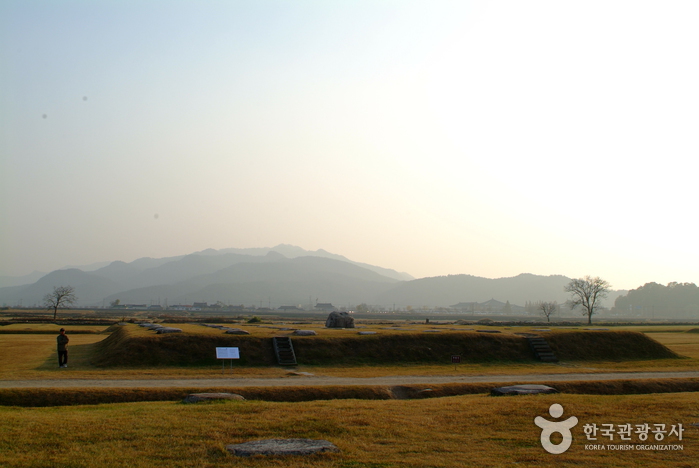
![Maison Mini Hotel [Korea Quality]메종미니호텔[한국관광 품질인증]](http://tong.visitkorea.or.kr/cms/resource/78/2949378_image2_1.jpg)
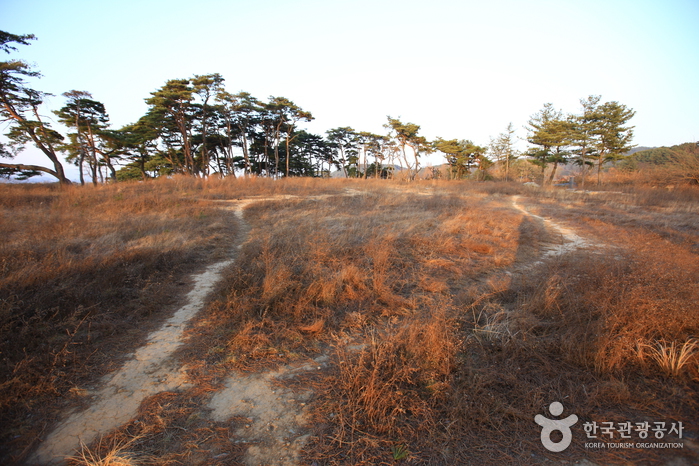
![Casa Mini Hotel [Korea Quality]까사미니호텔[한국관광 품질인증]](http://tong.visitkorea.or.kr/cms/resource/62/2949262_image2_1.jpg)
![Blau [Korea Quality]블라우[한국관광 품질인증]](http://tong.visitkorea.or.kr/cms/resource/10/2949210_image2_1.jpg)
![REVERTAIN HOTEL GYEONGJU[Korea Quality] / 리버틴호텔 경주[한국관광 품질인증]](http://tong.visitkorea.or.kr/cms/resource/41/2652441_image2_1.jpg)
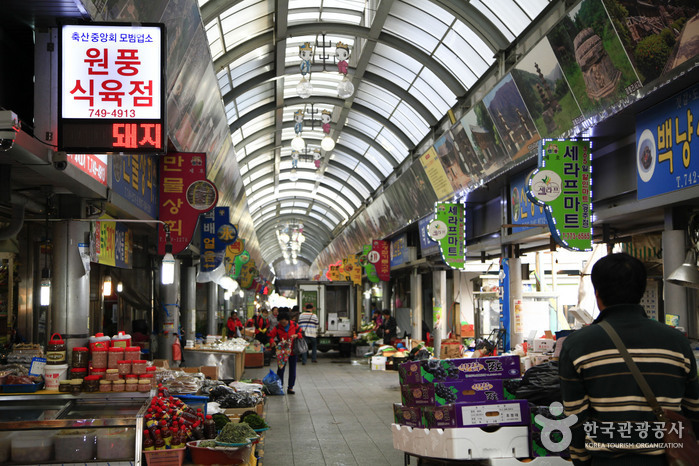
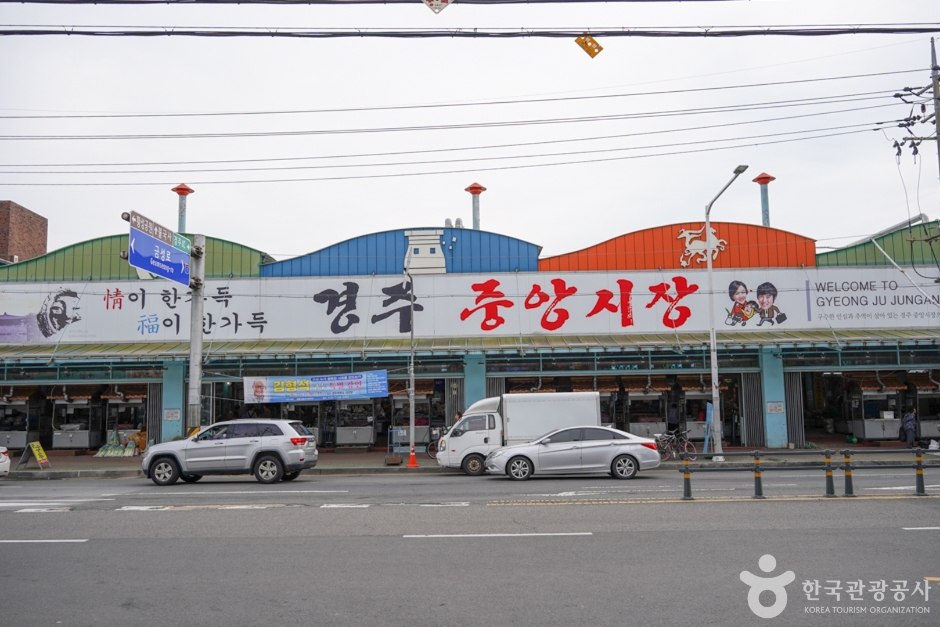
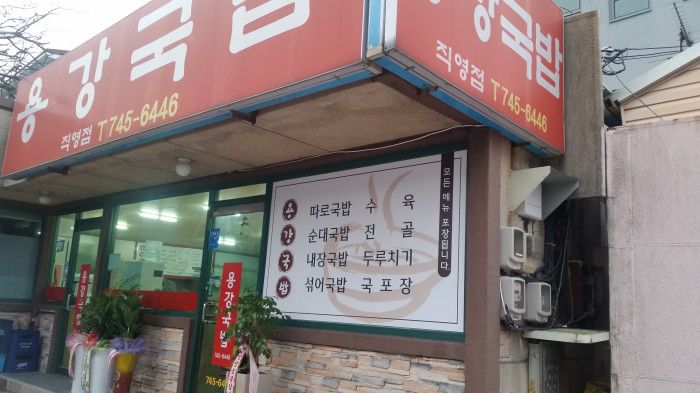
 English
English
 한국어
한국어 日本語
日本語 中文(简体)
中文(简体) Deutsch
Deutsch Français
Français Español
Español Русский
Русский